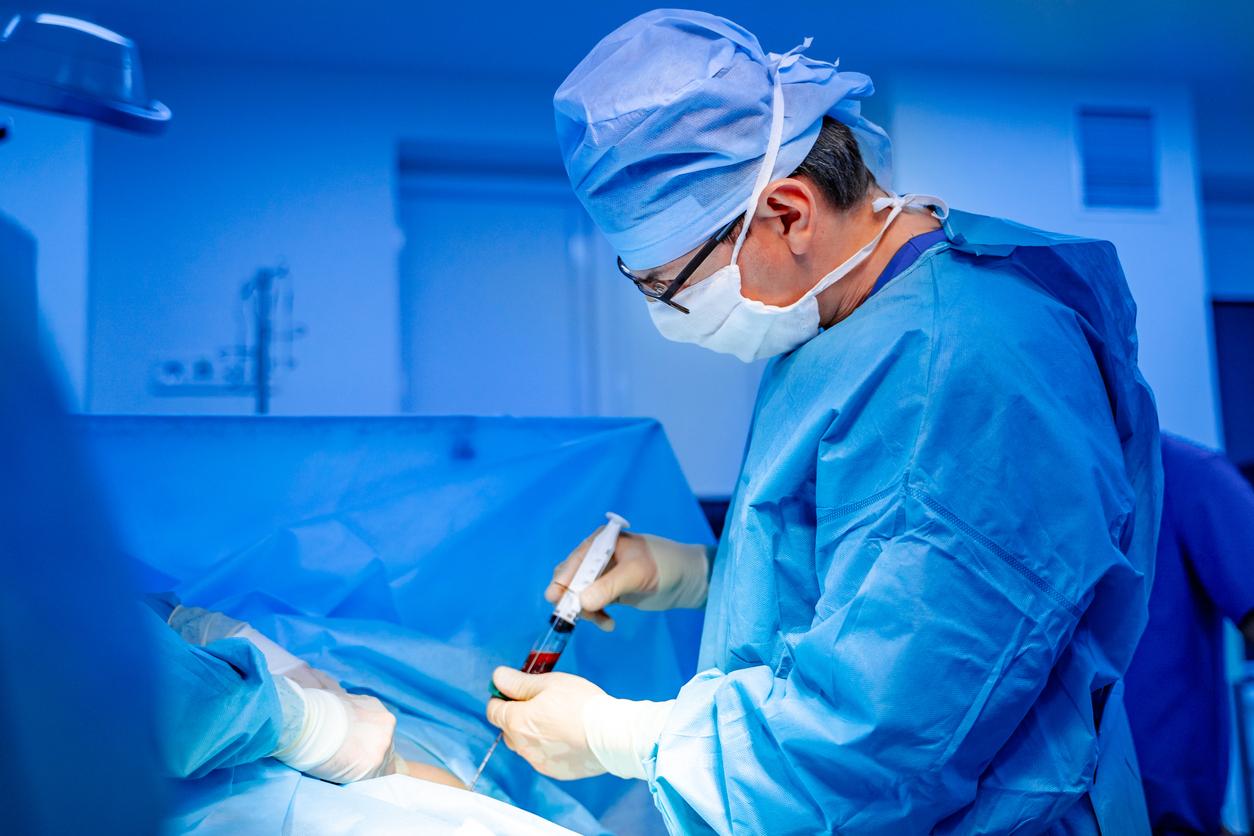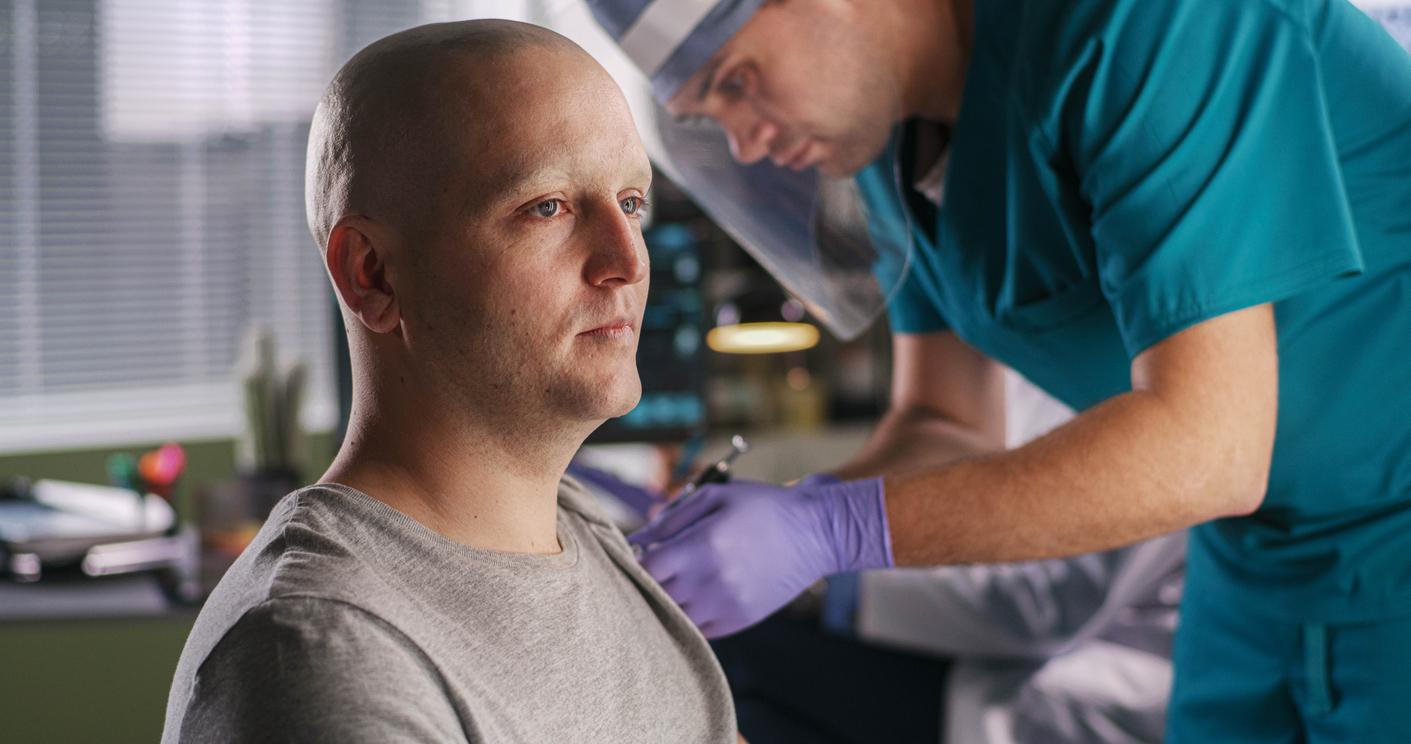
For the first time in history, researchers have managed to get a man whose spinal cord was severely damaged by an injury to walk again. An olfactory cell transplant as well as various rehabilitation programs have allowed the patient to partially recover his motor functions and the medical community to believe more than ever in a universal treatment for the paralyzed.1.
Cure paralysis
Overcoming paralysis is one of the most important issues in science. If until then, experiments had made it possible to reconfigure nervous circuits by avoiding the damaged area of the spinal cord, this is the first time that we have succeeded in concretely repairing the damaged section. To achieve this, British and Polish researchers at Wroclaw Medical University and Karol Marcinkowski Medical University chose a 38-year-old man who was attacked with a knife months before, which severely damaged his spinal cord in the ninth vertebra. thoracic. He had since lost all sensitivity and motor skills below his injury, and had seen no improvement until then, despite various rehabilitation programs.
Different surgical operations
The researchers came up with the idea of taking cells from areas of the brain involved in interpreting olfactory signals from the nose to the brain. Already known for their ability to mediate the regeneration and connection of nerve fibers, these cells were then cultured in the laboratory.2 then transplanted to the lesion by injection into the patient’s spine. At the same time, other surgical operations which have so far shown little significant influence on the recovery of motor sensitivity were performed such as the removal of intra-parenchymal scar tissue and the reconnection of the two ends of the spinal cord. with the sural nerves.
Man walks with a walker
Initially, the patient lost his olfactory perception at the level of the left bulb before gradually recovering it partially. Especially, 20 months after the operation, the researchers described a better stability of the trunk, a partial motor recovery of the lower limbs, an increase in the volume of the thigh as well as better sensations. As proof, man is now able to move around using a walker! If despite everything there is still a lot of progress to be made, in particular in the understanding of the phenomena, the result is very encouraging. Clinical trials involving ten more patients in the UK and Poland are currently planned.
|
Sources: 1. Pawel Tabakow et al. Functional regeneration of supraspinal connections in a patient with transected spinal cord following transplantation of bulbar olfactory ensheathing cells with peripheral nerve bridging Cell Transplantation October 21 2014 doi.org/10.3727/096368914X685131 2. Miedzybrodzki, R .; Tabakow, P .; Fortuna, W .; Czapiga, B .; Jarmundowicz, W. |

















